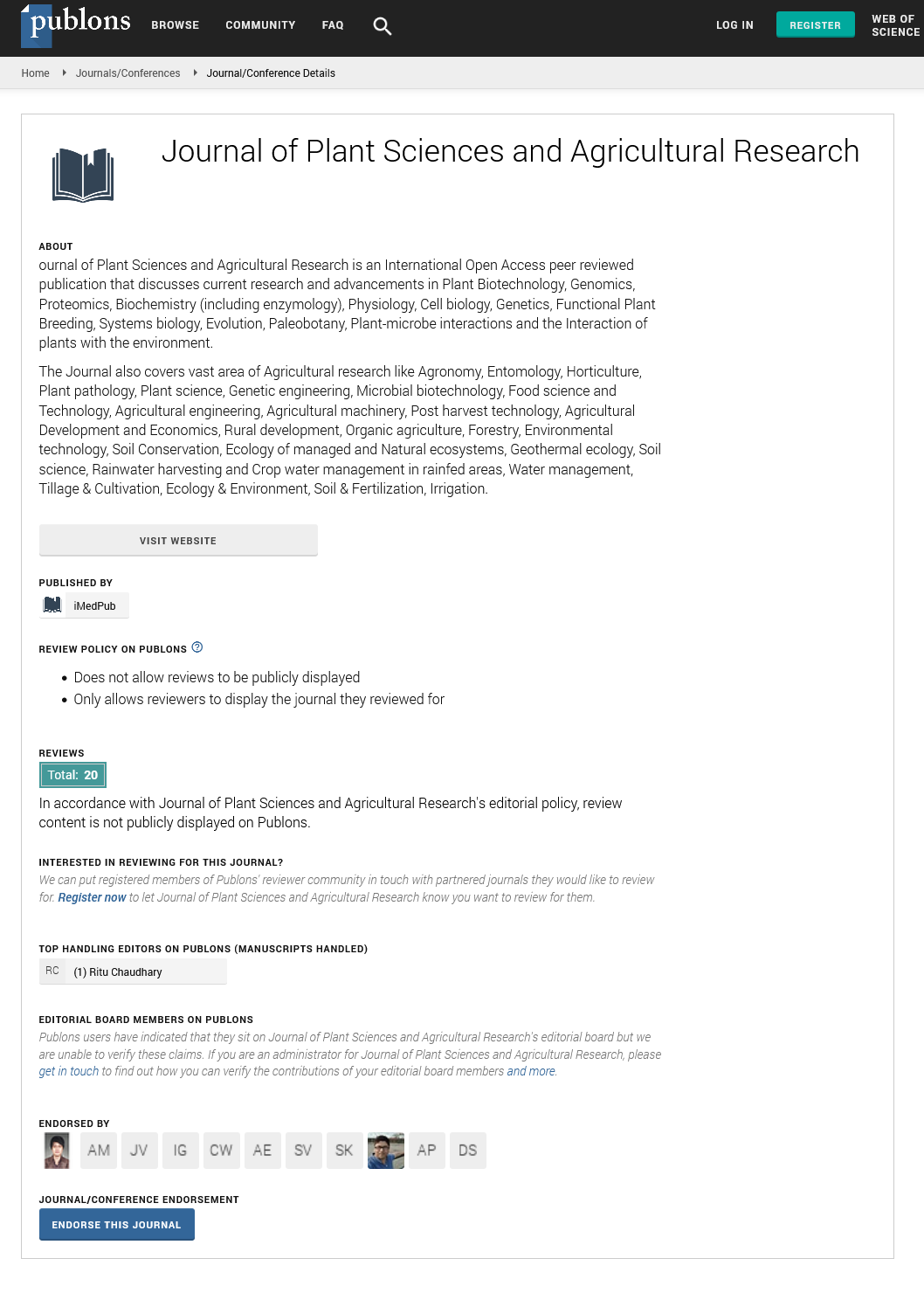Abstract
Cost-Benefit Analysis of the Botanical Insecticide Against Mango Leaf Hopper.
The critical concentration of botanical insecticide formulated by using Strychnous nux vomica leaf extract and neem oil proved to be effective against mango leafhopper. The cost-benefit analysis was carried out for both botanical insecticide and its competitive chemical insecticides i.e. Imidacloprid. The Strychnos nux-vomica is a very common tree in the Konkan region, India. The cost of neem oil is comparatively more than that of other materials. The quantity of ‘Sudasol NMK’ (emulsifier) used in oil to emulsifier ratio i.e. 10:1. Therefore in emulsifier cost is taken into account for further analysis. The cost incurred (INR) for the preparation of 1 liter of botanical insecticide is Rs.8.605/-. Therefore, the cost for the preparation of 500-liter spray water of botanical insecticide is Rs. 645/- and the cost for the preparation of 500-liter spray water of Imidacloprid is Rs. 700/-. Though the cost involved is close to each other, botanical insecticide is safe and ecofriendly. Labor cost is more in the case of botanical insecticide i.e. Rs. 7600/- and that of Imidacloprid is Rs. 6000/- for all six sprays. The extra labor cost is due to the collection of Strychnos nux-vomica leaves and the preparation of bioinsecticide in the backyard. However, the total cost for spraying of botanical insecticide is Rs. 34,690/- and that of Imidacloprid is Rs. 35,400/-. Eventually, the difference in both is 710/- for all six sprays per acre area. The unsprayed orchard was considered as a control for further economic analysis. Other cost per acre (INR) for control was comparatively less because hiring charges for spray pump, fuel and manpower was excluded. The net benefit /acre was calculated by subtracting the total cost of orchard management from the total income. The benefit of sprays over the control was obtained by subtracting the income of control from that of the sprayed orchard. Lastly, the cost-benefit ratio (CBR) was calculated by subtracting the income of control from the net income of each sprayed orchard /acre. The cost-benefit ratio for the botanical insecticide is comparatively high i.e. 1:1.83 to that of Imidacloprid is 1:1.25. Therefore, the feasibility of the botanical insecticide was confirmed.
Author(s): Dr. Tari Vinaya Satyawan Savitri
Abstract | Full-Text | PDF
Share This Article
Google Scholar citation report
Citations : 135
Journal of Plant Sciences and Agricultural Research peer review process verified at publons
Abstracted/Indexed in
- Google Scholar
- Publons
- Secret Search Engine Labs
Open Access Journals
- Aquaculture & Veterinary Science
- Chemistry & Chemical Sciences
- Clinical Sciences
- Engineering
- General Science
- Genetics & Molecular Biology
- Health Care & Nursing
- Immunology & Microbiology
- Materials Science
- Mathematics & Physics
- Medical Sciences
- Neurology & Psychiatry
- Oncology & Cancer Science
- Pharmaceutical Sciences
